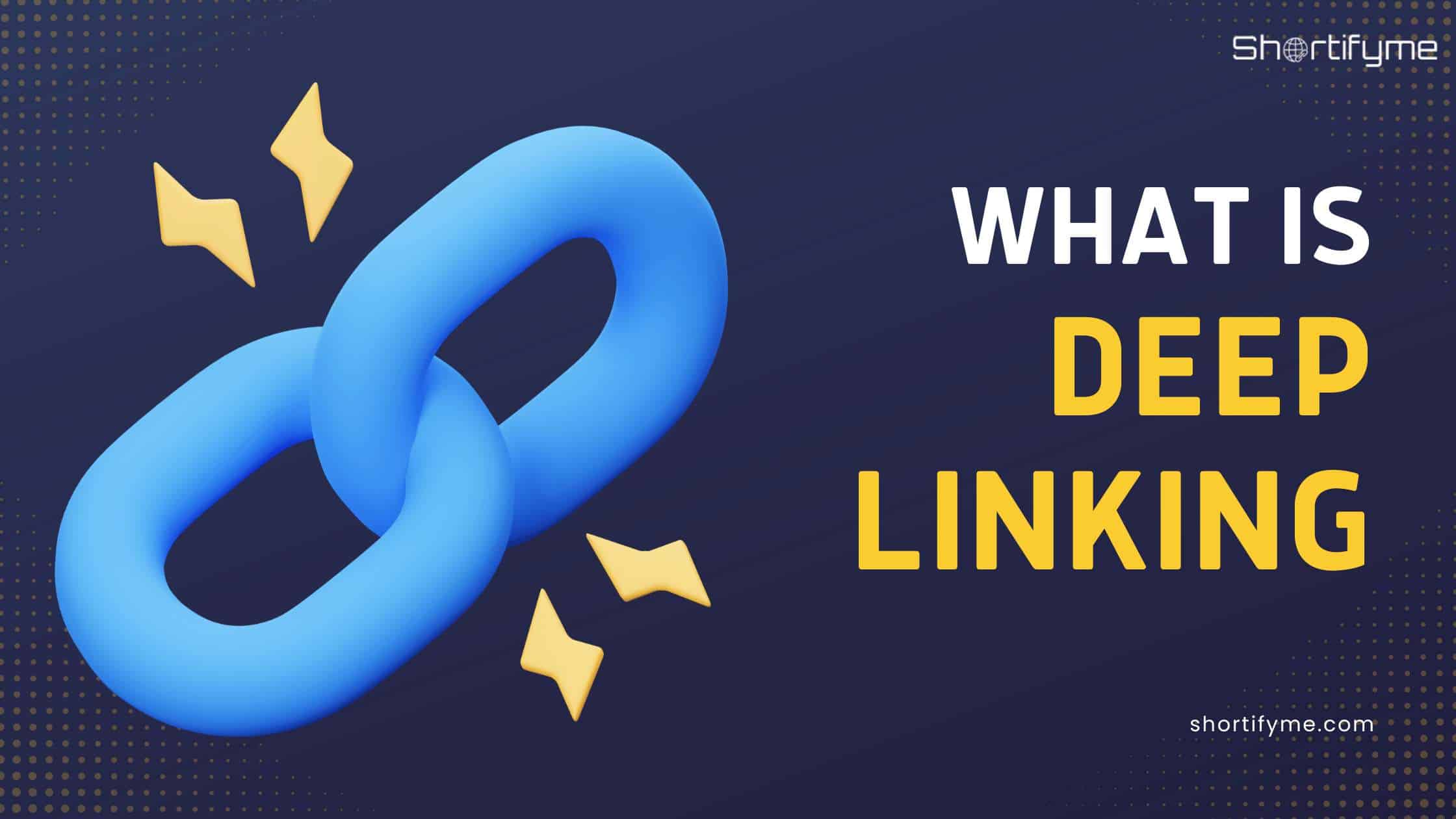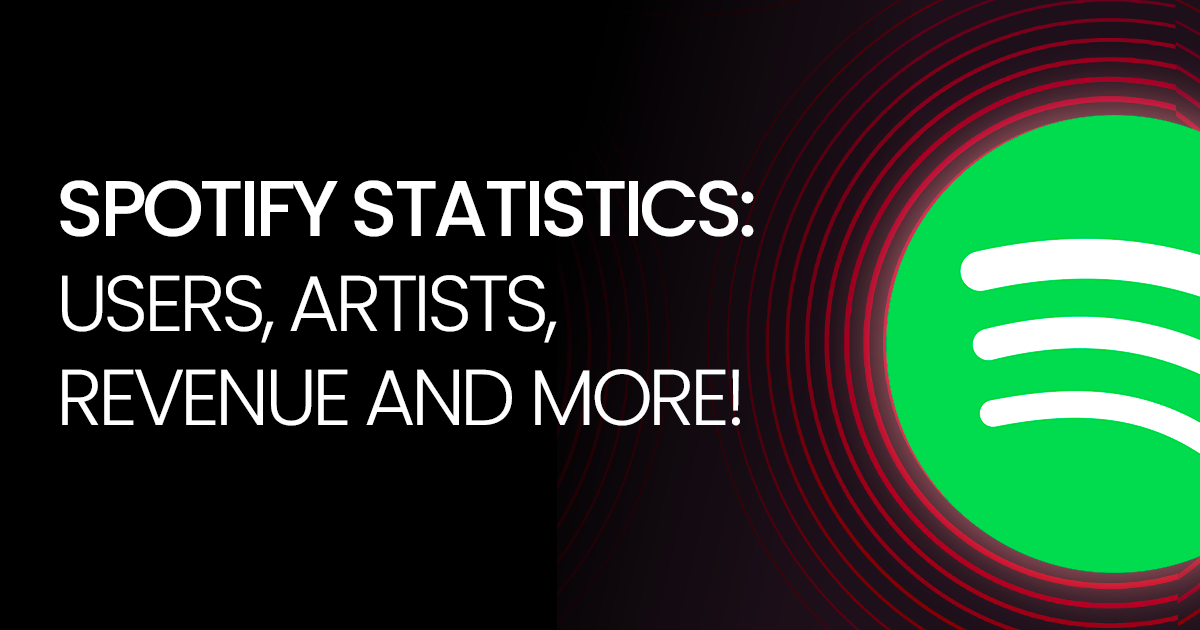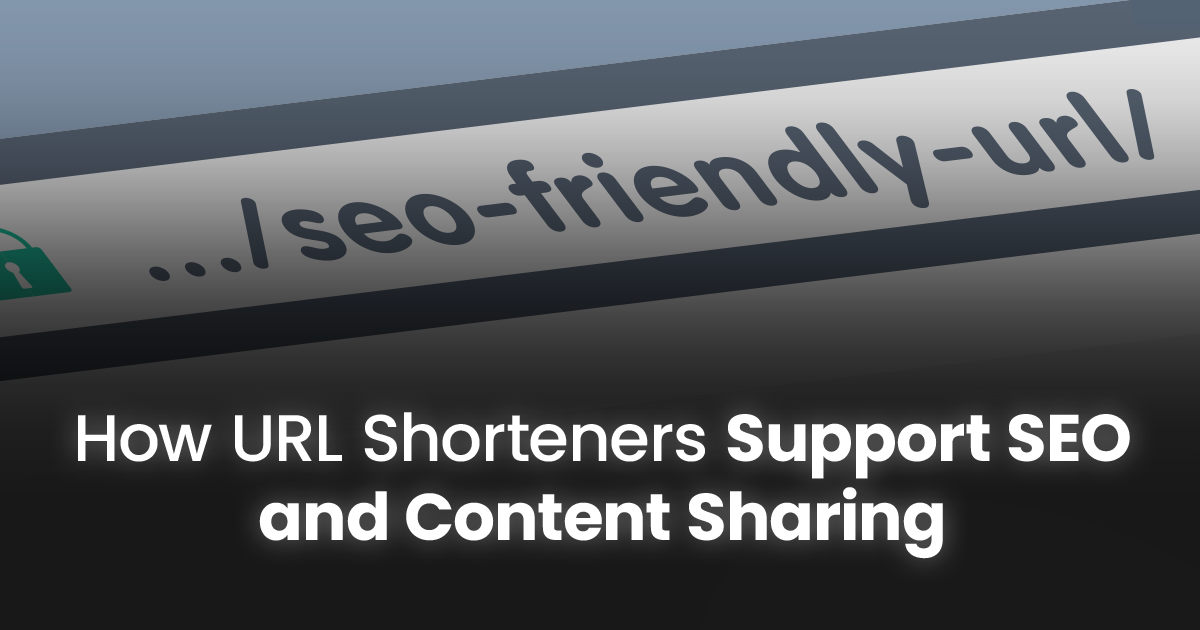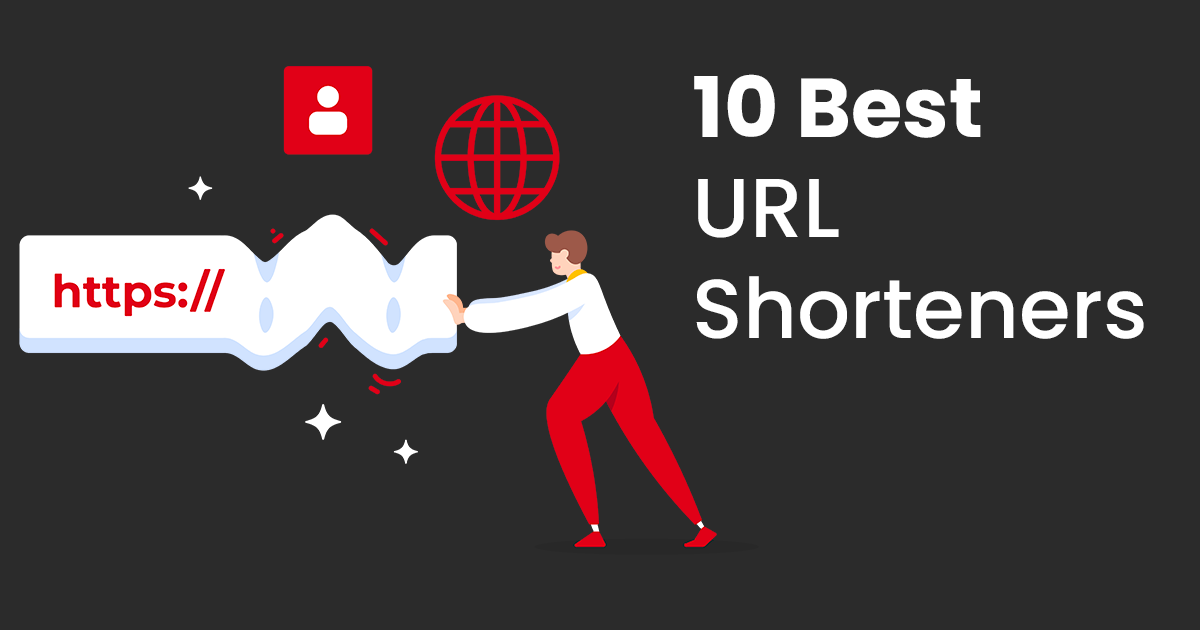Have you ever clicked on a link expecting to find specific information within an app but ended up on the app’s homepage instead? This frustrating experience can be avoided with the help of deep linking.
In this blog post, we’ll break down everything you need to know about deep linking, from what it is to how it works and its benefits. We’ll also answer some common questions, so you can walk away a deep linking pro!
What is Deep Linking?
Deep linking is a technology that allows you to link directly to specific content within a mobile app, bypassing the app’s home screen and navigating users exactly where they need to be. It’s like having a secret map that takes you straight to the treasure chest, instead of wandering through the entire island.
Types of Deep Links
There are several different types of deep links, each serving a specific purpose:
1. Traditional Deep Links
These are the most basic type of deep link, taking users to a specific location within an app if the app is already installed on their device. They typically consist of a URI (Uniform Resource Identifier) that points to a specific content page within the app.
2. Deferred Deep Links
Unlike traditional deep links, deferred deep links can also function even if the app is not yet installed. When a user clicks on a deferred deep link, they will first be directed to the app store to download the app. Once the app is installed and launched, the deep link will then take them to the intended location within the app. This is a great way to encourage app downloads and improve user engagement.
3. Contextual Deep Links
These deep links go beyond simply directing users to a specific page within an app. They can also pass additional data along with the link, such as user preferences, campaign information, or product details. This allows app developers to personalize the user experience and provide more relevant content based on the context of the click.
4. Universal Links
This type of deep link is specific to iOS devices and allows for seamless navigation between websites and apps. When users click on a universal link, their device will first check if the corresponding app is installed. If the app is present, the link will open directly within the app. If not, the user will be directed to the App Store to download the app.
5. Custom Scheme URIs
These deep links use a custom URI scheme unique to a specific app. When a user clicks on a link with a custom scheme URI, their device will attempt to open the corresponding app. If the app is not installed, the user will typically see an error message.
How Deep Linking Works?
Behind the curtain of deep linking lies a sophisticated technological framework, comprising Universal Links for iOS and Intent URLs for Android.
The technology behind deep linking may seem complex, but the core concept is quite simple. Deep links use special codes that tell the app where to take the user. Imagine your app as a giant building with various floors and rooms.
A regular app store link takes users to the building’s entrance (the app homepage), while a deep link acts like a specific room number, guiding them directly to their desired destination within the app.
For instance, a deep link for a specific product page might contain the product ID, directing the app to open that exact product upon clicking the link.
This eliminates unnecessary navigation and frustration for users, leading to a smoother and more enjoyable app experience.
Benefits of Deep Linking
Deep linking offers a win-win situation for both users and developers:
For Users:
- Enhanced User Experience: Deep links eliminate the frustration of navigating through complex app structures, leading to a smoother and more enjoyable experience.
- Increased Engagement: By directing users to specific content or features, deep links keep them engaged and coming back for more.
- Faster Conversions: Deep links can significantly reduce the time it takes for users to complete desired actions within the app, leading to higher conversion rates.
- Improved Personalization: Deep links can be used to personalize the user experience by directing them to content or features relevant to their interests and past behavior.
- Streamlined Sharing: Deep links allow users to easily share specific content or features within the app with others, fostering a sense of community and promoting engagement.
For Developers:
- Improved App Retention: Deep links can help retain users by keeping them engaged and providing a seamless experience.
- Enhanced App Discoverability: Deep links can be used in marketing campaigns to drive app downloads and increase user acquisition.
- Measurable Marketing Campaigns: Deep links allow developers to track user behavior and measure the effectiveness of their marketing campaigns more accurately.
- Increased Revenue: By directing users to specific products or features, deep links can potentially lead to increased in-app purchases and revenue generation.
- Valuable User Insights: Deep link data can provide developers with valuable insights into user behavior and preferences, helping them optimize their app and marketing strategies.
Use Cases of Deep Linking
Deep linking’s versatility extends across various app functionalities, making it a valuable tool for diverse situations:
Marketing and Advertising
Deep linking revolutionizes marketing strategies by directing users to specific product pages, promotions, or events within the app. For instance, a fashion retailer can drive traffic to a flash sale within their app using targeted deep links.
Social Media Engagement
Deep links serve as the bridge between social media platforms and apps, enabling seamless navigation to specific content or features. A travel app can leverage deep links to direct users from a captivating Instagram post to the booking page for a dream destination.
Email Marketing
With deep linking, email campaigns become hyper-targeted and effective, guiding users directly to relevant sections of the app. A food delivery app can entice users with personalized offers, linking them directly to the checkout page via deep links embedded in promotional emails.
Other Use Cases
Deep linking facilitates content sharing within apps, empowering users to seamlessly share articles, playlists, or products with friends and family. For instance, a music streaming app can enable users to share their favorite tracks via deep links, driving engagement and virality.
How to Create a Deep Link?
Creating a deep link is simpler than you might think. Follow these steps to unlock the power of deep linking:
- Define Your Deep Linking Strategy: Identify the key areas or features within your app that warrant deep linking, such as product pages, promotions, or onboarding experiences.
- Implement Deep Linking: Integrate deep linking functionality into your app’s architecture using platform-specific tools and technologies, such as Apple’s Universal Links or Android’s Intent URLs.
- Generate Deep Links: Utilize deep link generators or SDKs to generate customized deep links for your app’s content or features. Ensure that each deep link is unique and tailored to the intended destination.
- Test and Iterate: Thoroughly test your deep links across various devices and platforms to ensure seamless functionality. Iterate based on user feedback and analytics to optimize your deep linking strategy continuously.
Top 3 Deep Link Generators
Here are three popular deep link generator tools:
- Branch.io: This platform offers a user-friendly interface and supports various deep link functionalities, including Universal Links and App Links.
- Firebase Dynamic Links: This tool from Google integrates seamlessly with Firebase, offering deep link generation and analytics capabilities.
- AppsFlyer Deeplink Generator: This tool provides a simple and quick way to generate deep links for various platforms, making it a convenient option for basic deep linking needs.
How to Integrate Deep Linking in your Marketing Strategy?
Integrating deep linking into your marketing strategy is a game-changer for driving user engagement and conversion. Follow these steps to harness the full potential of deep linking:
1. Targeted Promotions and Personalized Offers:
Utilize deep links in email marketing and social media campaigns to direct users to specific product pages, limited-time offers, or personalized recommendations based on their purchase history or preferences.
2. Streamlined User Acquisition:
Integrate deep links in advertising campaigns to send users directly to relevant app content upon installation, bypassing the app store landing page and saving them time.
3. Re-engagement Campaigns:
Leverage deep links in push notifications and email retargeting campaigns to re-engage inactive users by directing them to specific features, new content, or loyalty program rewards.
4. App Store Optimization (ASO):
Include deep links within your app store description or screenshots to showcase specific functionalities and entice users to download the app and engage with the linked content.
5. Cross-Channel Marketing:
Utilize deep links to seamlessly connect your website and app experiences. For example, clicking a “Learn More” button on a product page on your website could open the corresponding product page within the app if it’s installed.
By integrating deep linking into your marketing strategy, you can create a more seamless and personalized user experience, ultimately driving engagement, conversions, and app downloads.
Deep Linking FAQs
Here are some frequently asked questions about deep linking:
What are the limitations of deep linking?
While deep linking offers numerous benefits, it’s important to be aware of its limitations. Deep links may not work on outdated devices or operating systems, and some apps may restrict deep linking functionality.
Is deep linking expensive?
The cost of deep linking can vary depending on the chosen platform and functionalities. Many deep link generators offer free plans with basic features, while others have paid tiers with more advanced functionalities.
Can I track deep link performance?
Yes, several deep link generator platforms offer analytics features that allow you to track user behavior and measure the performance of your deep linking campaigns.
Do I need a developer to create deep links?
While basic deep link generation may not require extensive coding knowledge, complex functionalities or deep linking integrations may involve developer involvement.
What happens if a user clicks on a deep link but doesn’t have the app installed?
Deep links often redirect users to the app store if they don’t have the app installed. Alternatively, you can use deferred deep links which store the intended destination and activate when the user opens the app after installation.



